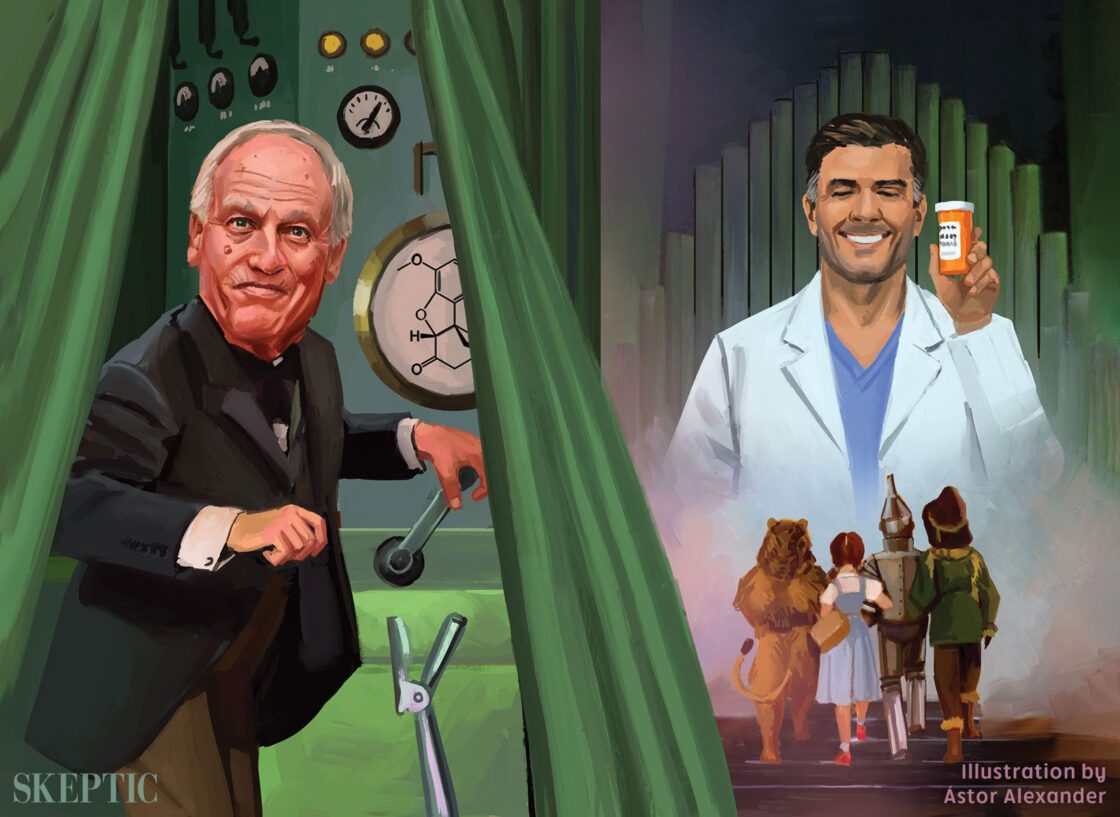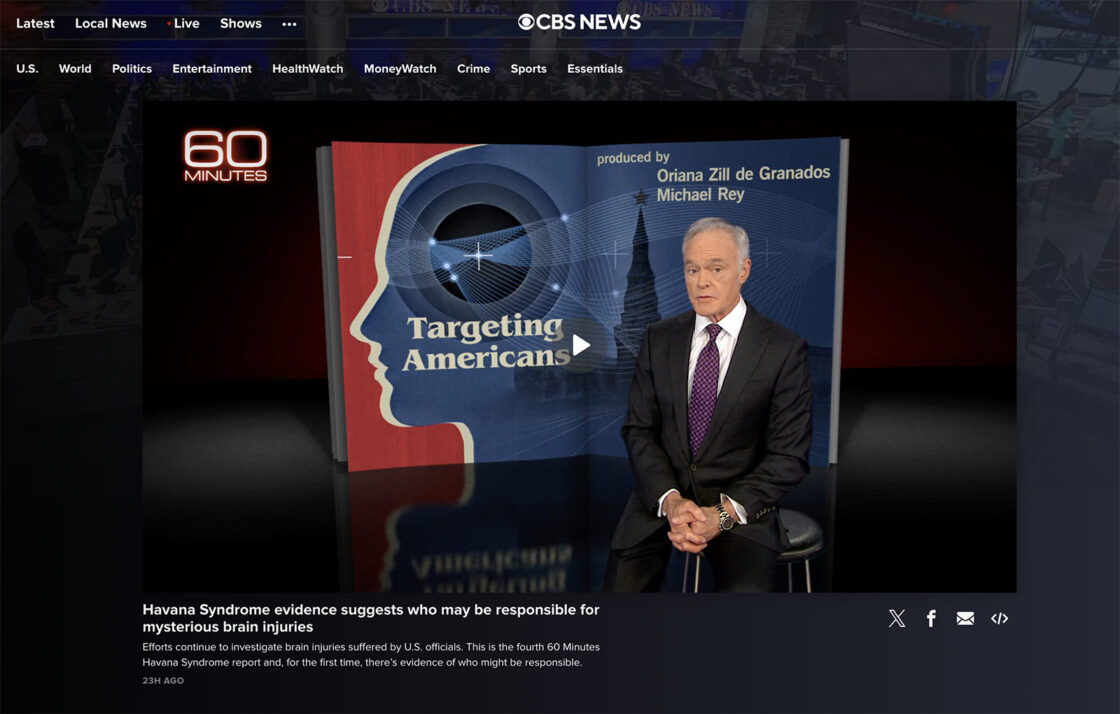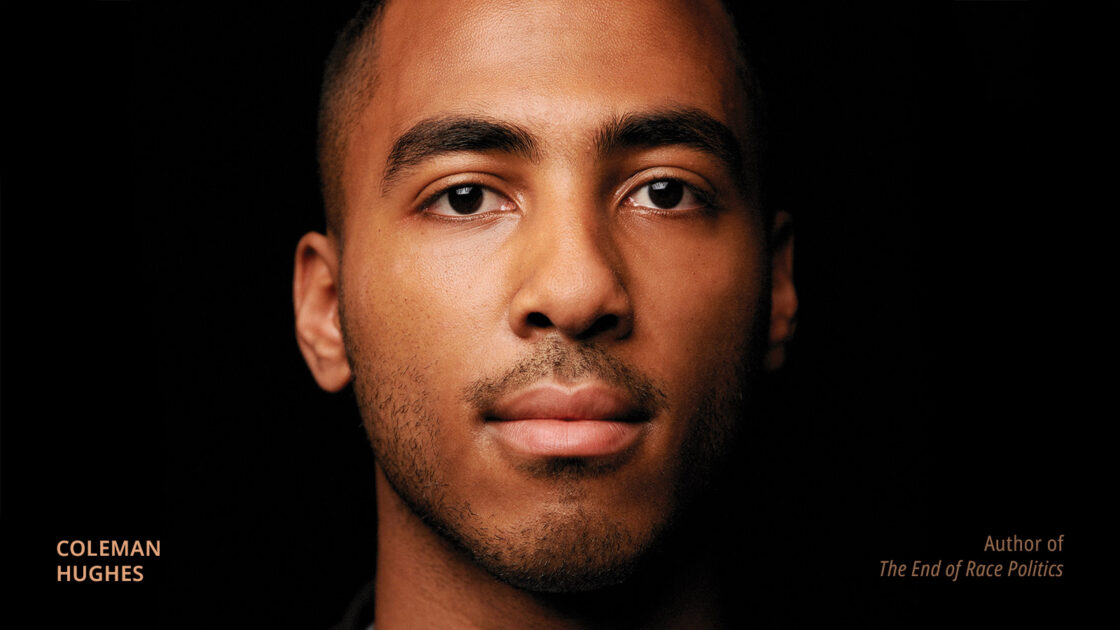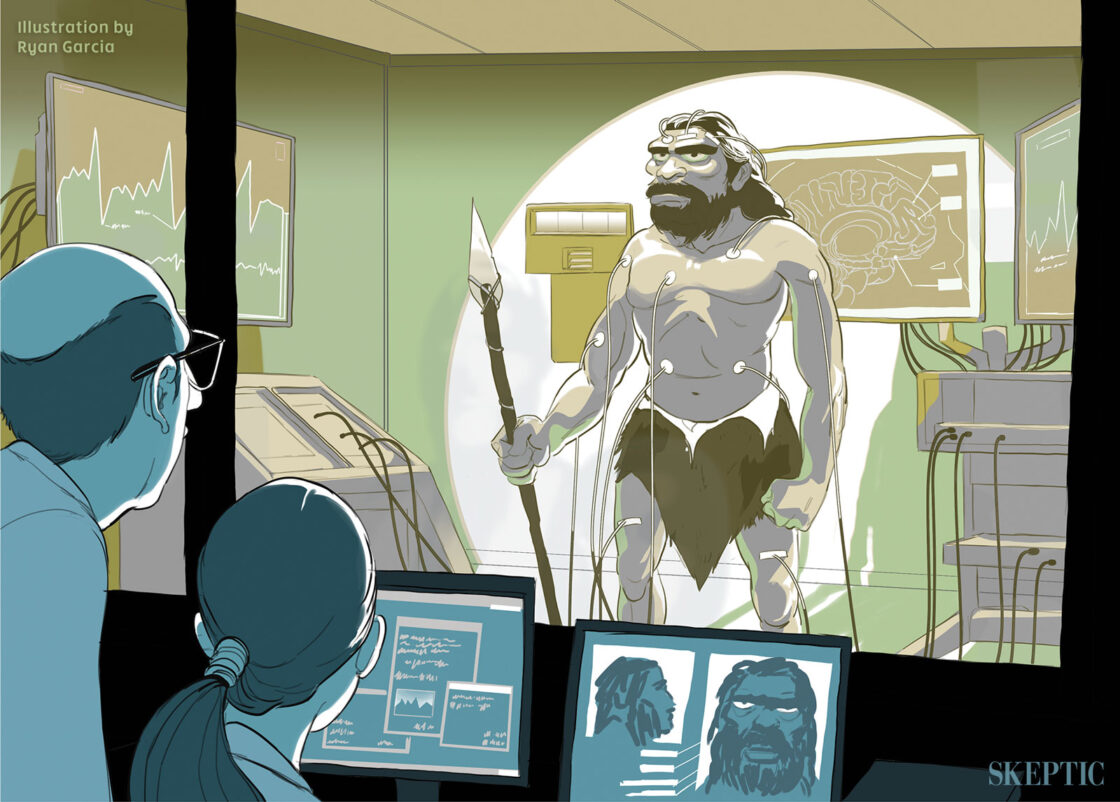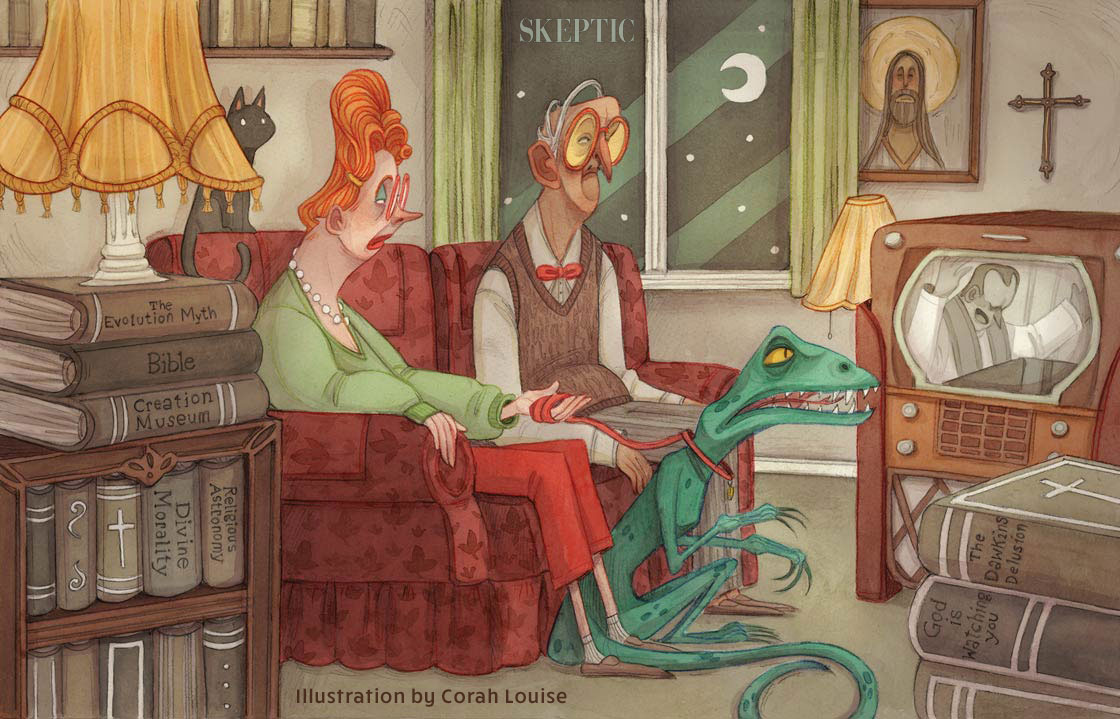Science and religion present two paradoxes in the United States. On the one hand, the U.S. is the undisputed world leader in science. Yet, the U.S. is also the wealthy industrialized country with the most widespread skepticism about science, most notably regarding climate change, vaccines, and evolution.1, 2, 3 How can those two seemingly incompatible facts be reconciled?
The other paradox is that both in the U.S. and in Europe, people’s adherence to religion has an average tendency to decrease with their income and with their educational level.4, 5, 6 Yet the U.S. is the most religious wealthy industrialized nation, despite its high average per-person income and educational level.7 How can those two seemingly incompatible facts be reconciled?
Are those two paradoxes somehow linked? Does one paradox help to explain the other? Now more than ever, these are urgent questions. For example, denial of evolution is widespread in the U.S., at a time when rapid evolution of coronaviruses has already killed a million Americans, most of whom rejected scientists’ advice to protect themselves by using masks and getting vaccinated.
What’s distinctive about science in the U.S. when compared against the most nearly similar countries in Western Europe?
Comparing the United States and Europe
Since around 1960, the U.S. has been winning far more Nobel Prizes in science than any other country, and even more than the rest of the world’s countries combined. Young foreign scientists come to the U.S. for training. However, you may be surprised to learn how recent is that U.S. domination. In the 18th and 19th centuries, science was entirely dominated by Europe. The great founders of modern chemistry, physics, biology, and medical science were all Europeans: Darwin, Newton, Faraday, Helmholtz, Maxwell, Pasteur, and others. Of course, already then, the U.S. was beginning to contribute to applied science, engineering, and invention: think of Eli Whitney’s cotton gin, Robert Fulton‘s steamboats, and Thomas Edison’s many creations. Still, the U.S. barely figured in basic science. European scientists did not then come to the U.S. for training—instead, American scientists went to Europe for training.
Nobel prizes in science offer a simple measure of U.S. science’s trajectory. From the first Nobel awards in 1901 until 1930, Americans accounted for only four of the 95 Nobel science laureates. (All but two of the others were Europeans). The U.S.’ share was still only 28 percent in the 1930s, rising to 46 percent in 1943–1958 and, finally, 57 percent from 1959 onwards. That postwar rise was funded by the establishment of our National Science Foundation (NSF) in 1950. (Germany’s equivalent, the Kaiser- Wilhelm Gesellschaft, was founded already in 1911).
Europe’s early lead over the U.S. in science is unsurprising. On the one hand, European science was stimulated by European overseas exploration from 1492 onwards, discovering previously unknown lands, plants, animals, and constellations. On the other hand, the young independent U.S. was instead preoccupied with developing its economy, and with exploring and settling North America. At that time, basic science would have been an expensive distraction for the U.S.
That recency of American scientific literacy helps explain why understanding of science has still not penetrated large sections of the American public. For example, 26 percent of Americans still believe that the Sun revolves around the Earth, despite evidence to the contrary amassed by Copernicus, Galileo, and Kepler four centuries ago.8 As well, 40 percent of Americans, including 13 percent of American public high-school biology teachers, still don’t believe in human evolution, and an additional 38 percent believe that humans evolved under God’s guidance.1, 2, 3 Then there are the 60 percent of Americans who believe that dinosaurs died out within the last 10,000 years, and, astonishingly, one-third of those Americans believe that dinosaurs died out as recently as a century ago.9
What’s Distinct About the United States
Now, let’s turn to three distinctive features of religion in the U.S. compared with the rest of the world, especially Western Europe: high religious commitment, high religious diversity, and strength of fundamentalism.
First, many studies have measured religious commitment in many ways, such as by polling people.10 Comparisons within or between nations show that religious commitment tends to decrease with income and with level of education and has recently been decreasing both in the U.S. and in Western Europe.1, 4, 5 (Obviously, these are average trends, full of exceptions at both the individual level and the national level; e.g., many rich, educated people are religious.)
There are three distinctive features of religion in the U.S., compared with the rest of the world, especially Western Europe: high religious commitment, high religious diversity, and strength of fundamentalism.
The U.S. is a flagrant exception to this trend at the national level. We have the highest average income-per-person, and one of the highest levels of education, among countries with populations exceeding 10 million (i.e., excluding rich micro-nations such as Luxembourg). That would lead one to expect low average religious commitment in the U.S. In fact, measures of religious commitment are nearly twice as high in the U.S. as in Western European countries, among which only Ireland rivals us.7
Second, the U.S. is unusually heterogeneous in its religious affiliations. Even the most numerous U.S. religious denomination, Catholicism, accounts for only 20 percent of the U.S. population, and U.S. Protestants are divided into over a dozen major groups. In contrast, in European countries, either a single religion is overwhelmingly dominant (e.g., Catholics in Italy, Lutherans in Norway), or else there are just a few major religions (e.g., Catholics and Lutherans in Germany). Related to that religious homogeneity of European countries, many of them have or until recently had an established national church recognized by the government (e.g., the Church of England, Italy’s Catholic Church, and Sweden’s Evangelical Lutheran Church). That would be unthinkable in the U.S.
Three reasons for the U.S.’ religious heterogeneity are obvious. One is our nation’s early history as colonies settled by religious minorities such as the Pilgrims and the Quakers, who sought freedom from established national churches.11, 12 Another reason is the subsequent diverse immigrant streams into the U.S., resulting in a population far more diverse than in any other country with an advanced economy. A third reason is the U.S.’ proliferation of newly founded religions that have attracted many converts, such as the Mormons, the Seventh-day Adventists, and the Jehovah’s Witnesses.13, 14, 15
A speculative further reason for our religious heterogeneity is our federal system of government, which leaves responsibility for education fragmented among state and local governments. In contrast, Western European countries concentrate power in a central government in the national capital, which has nation-wide responsibility for education and (surprisingly to Americans) mandates the teaching of religion in schools (though European parents may choose for their children to opt out of religion classes or to choose the particular religion taught).
The U.S.’ religious heterogeneity includes the remaining distinctive feature of its religion, one that is important for U.S. science. That’s the strength, unparalleled in Europe, of fundamentalist Protestant religions whose doctrines include literal interpretation of the Bible, the Bible’s absolute correctness, implicit rejection of science, and belief in the imminence of Christ’s return.16, 17
We suggest that the U.S.’ religious history and diversity provide much of the explanation for the paradox of our high religious commitment, contrary to expectations based on income and education. Americans have now, and have had from colonial times, many different choices of religious affiliation between competing proselytizing religions and less mainstream organized forms of worship. With all of those options available for how to be religious, a large fraction of religious Americans take their own religion seriously. Our proliferation of choices strengthens religious commitment in the U.S.
In Western Europe, on the other hand, Catholics and Protestants fought bloody wars many centuries ago. They ended up in each country with a single national church, or else with just a few dominant churches that have been at equilibrium for a long time, and that no longer try to proselytize from each other. Religious affiliation in each Western European country has become “just” part of the national culture and identity package. One is born into one’s religion along with one’s language and culture, rather than one’s religion being a matter of separate individual choice.
As a matter of course, most Europeans have their children baptized, celebrate major religious holidays, and marry and die in the church—but otherwise don’t often attend church, don’t explore alternative religions, and don’t tell pollsters that religion plays a large and conscious role in their lives. Conflict between religion and science is mild or non-existent.
Why Skepticism Towards Science?
Why, then, is skepticism towards science widespread in the U.S.?1, 2, 6 We view part of the reason as a distinctive feature of U.S. religion: the U.S. is unique among developed countries in its widespread rejection of science by religious people. Religious Americans are distinctive in considering morality as resting on divine authority.18 Because religious Americans thus tend to associate religion with morality, and science with immoral atheism, those two beliefs contribute to American rejection of science.19 Neither of those two beliefs prevails in Western Europe. (We reiterate that these are average national characteristics emerging from surveys of thousands of people in each country. Of course, those characteristics don’t apply to every American or to every European).
A special feature of U.S. religion relevant to our discussion is the high percentage of fundamentalists among religious Americans—far higher than in Europe.16, 17 Insistence on the truth of a literal interpretation of the Bible is incompatible with science.2 While mainstream U.S. churches accept evolution, fundamentalists are especially vocal in rejecting it (cf. the Scopes trial and so-called “creation science” along with its descendent “intelligent design” theory).20, 21
However, U.S. religion is only part of the reason for U.S. skepticism towards science. The other major reason that we recognize is rooted in the U.S.’ deep commitment to the ideal of democracy (though not always to the realization of that ideal), and in the U.S.’ rejection of authority. The U.S. was founded as a nation on the ideal that “all men [sic] are created equal.” The second sentence of our Declaration of Independence asserted that ideal to be a self-evident truth. That ideal served as the basis for American democratic government, contrasting with the ideal of authority and inequality as the bases for European governments at the time of our independence. Distrust of authority, and of those who claim special expertise, permeates American society. We are a hyperdemocracy, not just a democracy.
That egalitarian ideal of ours has many manifestations lacking in modern Europe—to the mutual astonishment of Americans and Europeans when they become aware of those differences. A homely manifestation is that American politicians portray themselves as just ordinary people, by adopting nicknames as their official names (Bill Clinton, Joe Biden), and never using the title of Dr. X if they have a PhD. No European politician would adopt a nickname or conceal an earned doctorate degree.
A more consequential manifestation of our egalitarian ideal is American trial by jury, based on our claimed right to be judged guilty or non-guilty by a jury of our peers. We tolerate a professional judge to manage a trial and to pass sentence, but not to judge guilt. While trial by jury may have originated long ago in England, today 90 percent of all jury trials in the world take place in the U.S.; jury trials are now exceptional in England. They are non-existent in other European countries, where cases are instead decided by a judge unassisted by a jury.
Although Americans hold that everyone is created equal, the cruel fact is that people end up very unequal. Some people have much more knowledge and imagination than do other people. In particular, scientists know far more about their specialty than do laypeople. That reality is taken for granted in Europe but causes much discomfort and denial in the U.S.
Within recent decades, the U.S.’ historical rejection of scientists and other knowledgeable authority figures has increased markedly. That rejection is formally justified by the expression “alternative facts.” Blogs, podcasts, and social media companies now serve the democratization of information, by allowing anyone to disseminate their views without any gatekeeper.

This article appeared in Skeptic magazine 27.4
Buy print edition
Buy digital edition
Subscribe to print edition
Subscribe to digital edition
Download our app
However, science, in essence, is the discovery and explanation of the real world’s facts. There are no alternative facts. Policies based on untruths are doomed to failure—regardless of whether those policies result from religious beliefs, or from a broader rejection of authority.
Are these questions of the origins of American skepticism about science just a matter of academic interest? Absolutely not! American skepticism reduces Congress’ willingness to vote funding of science and increases retaliation against individual scientists who express unpopular views. But science’s value has been accelerating in modern times. Countries that invest heavily in science acquire power and wealth out of proportion to their population. The countries choosing to make those investments include not only countries less populous than the U.S. (such as Finland and Israel), but now also China, the world’s most populous country. Hence the U.S. faces a bleak future if many Americans remain skeptical of science. ![]()
About the Author
Jared Diamond is a Pulitzer-Prizewinning author of six best-selling books, translated into 44 languages, about human societies and human evolution: Guns, Germs, and Steel; Collapse; Why Is Sex Fun?; The Third Chimpanzee; The World Until Yesterday; and Upheaval. As a professor of geography at UCLA, he is known for his breadth of interests, which involves conducting research and teaching in three other fields: the biology of New Guinea birds, digestive physiology, and conservation biology. His prizes and honors include the U.S. National Medal of Science and election to the U.S. National Academy of Sciences.
Carol Bakhos is a Professor of Religion and of Near Eastern Languages and Cultures at UCLA. Since 2012, she has served as Chair of the Study of Religion interdisciplinary program and Director of the Center for the Study of Religion. She is the author of Islam and Its Past, edited with Michael Cook; The Family of Abraham: Jewish, Christian, and Muslim Interpretations; and Ishmael on the Border: Rabbinic Portrayals of the First Arab, winner of a Koret Foundation Award. She is currently editing Emerging Judaism, the second of the 10-volume Posen Jewish Anthology of Culture and Civilization (Yale University Press).
Alex Joyce-Johnson is a research associate to Jared Diamond who received his BA from UCLA in 2021 with a major in geography. He has traveled extensively to six continents and spent five years living in the Hague and two years in Rome. In February of 2023, he will join the Barque Picton Castle, a three-masted sailing ship, on the 4-month South Pacific leg of its voyage around the world.
References
- https://bit.ly/3BBLac8
- Miller, J., Scott, E., & Okamoto, S. (2006). Public Acceptance of Evolution. Science, 313, 765–766.
- Berkman, M., & Plutzer, E. (2011). Defeating Creationism in the Courtroom, but Not in the Classroom. Science, 331, 404–405.
- Storm, I. (2017). Does Economic Insecurity Predict Religiosity? Evidence From the European Social Survey 2002–2014. Sociology of Religion: a Quarterly Review, 78 (2), 146–172.
- https://bit.ly/3qyYQyn
- Blancke, S., Hjermitslev, H., Braeckman, J., & Kjaergaard, P. (2013). Creationism in Europe: Facts, Gaps, and Prospects. Journal of the American Academy of Religion, 81(4), 996–1028.
- https://bit.ly/3qB4AHL
- https://bit.ly/3ddOwsu
- https://bit.ly/3QI2gcL
- https://bit.ly/3RG5sXF
- Stark, R., & Finke, R. (1988). American Religion in 1776: A Statistical Portrait. Sociological Analysis, 49(1), 39–51.
- Pyle, R., & Davidson, J. (2003). The Origins of Religious Stratification in Colonial America. Journal for the Scientific Study of Religion, 42(1), 57–75.
- Jenkins, P. (2000). Mystics and Messiahs: Cults and New Religions in American History. New York: Oxford University Press.
- Abanes, R. (2002). One Nation Under Gods: A History of the Mormon Church. New York: Four Walls Eight Windows.
- Urban, H. (2015). New Age, Neopagan, and New Religious Movements: Alternative Spirituality in Contemporary America. Oakland: University of California Press.
- https://pewrsr.ch/3S3EzN6
- Martin, J. (2010). Compatibility of Major U.S. Christian Denominations With Evolution. Evolution and Education Outreach, 3, 420–431.
- Simpson, A., Piazza, J., & Puos, K. (2016). Belief in Divine Moral Authority: Validation of a Shortened Scale With Implications for Social Attitudes and Moral Cognition. Personality and Individual Differences, 94, 256–265.
- Simpson, A., & Puos, K. (2019). Is Science for Atheists? Perceived Threat to Religious Cultural Authority Explains U.S. Christians’ Distrust in Secularized Science. Public Understanding of Science, 28(7), 740–758.
- Larson, E. 1997. Summer of the Gods: The Scopes Trial and America’s Continuing Debate Over Science and Religion. Cambridge, MA: Harvard University Press.
- Allen, F. (1931). Only Yesterday: An Informal History of the Nineteen Twenties. New York: Harper and Row.
This article was published on February 11, 2023.

